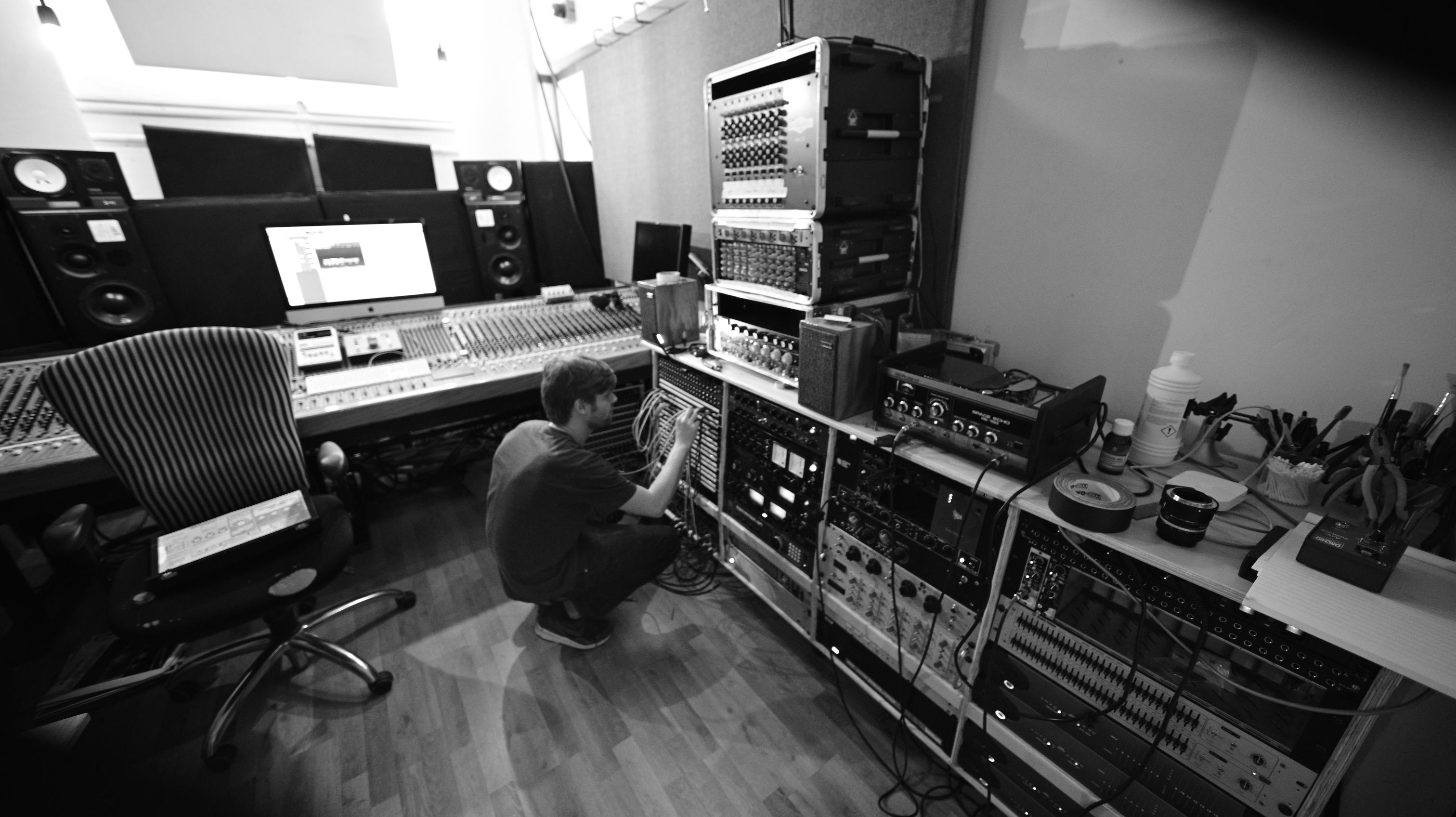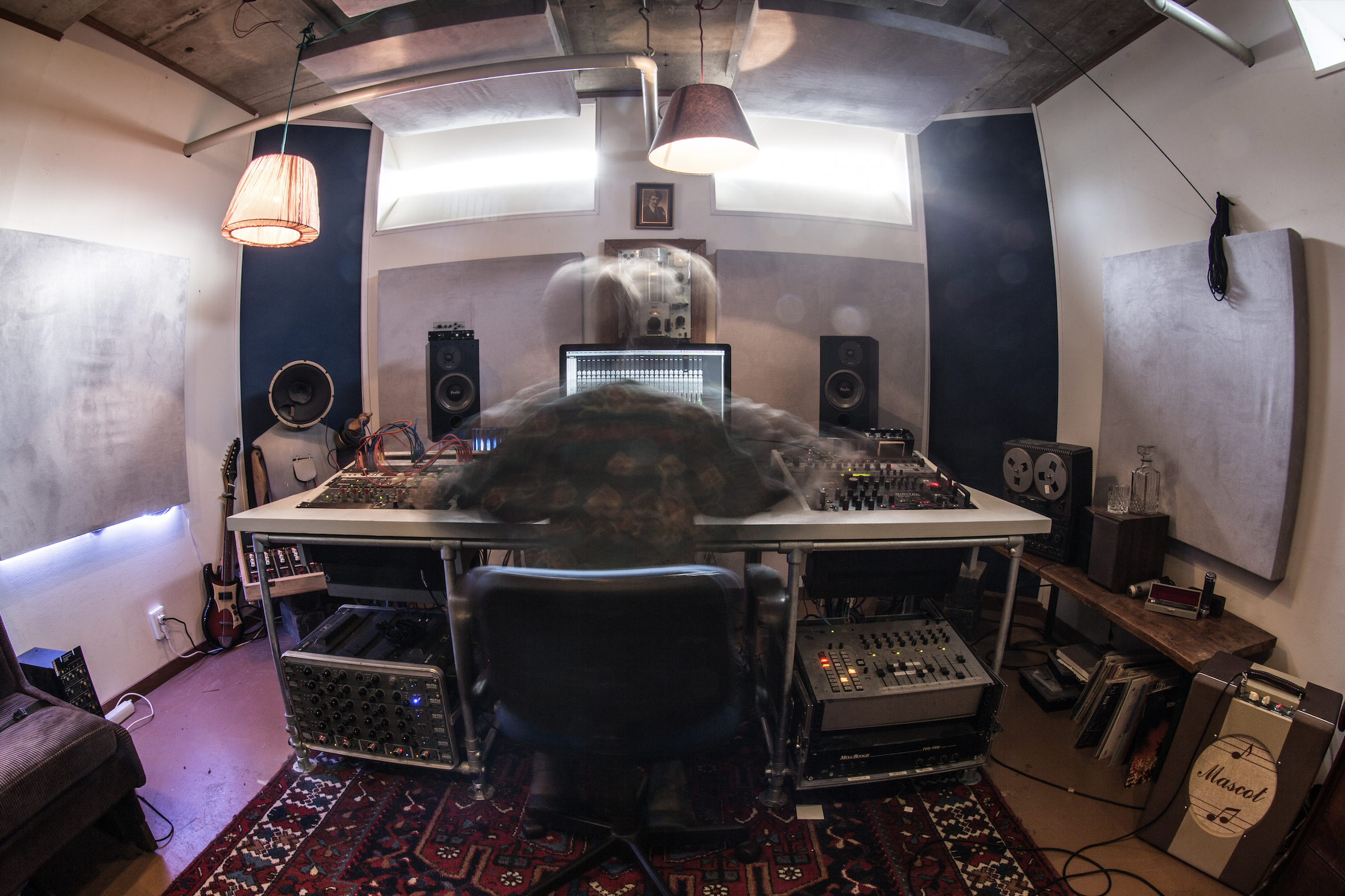Mixing can seem like a pretty intimidating task, especially when it is unfamiliar. There is plenty of misinformation about the topic out there, and if you happen to be mixing in a DAW you might feel overwhelmed by the vast array of plugins available and the implied task of trying to understand how each of them could be used to craft your mix.
The truth is, mixing can be a very challenging and complicated task depending on the nature of the content being mixed. It can also be pretty simple and straightforward. Like many things in music, it depends.
Mixing is a lot like cooking. Given the same list of ingredients, two chefs might produce completely different dishes. It is all about deciding how to use the ingredients one is given. It is the proportions, the preparation and the presentation that creates an experience for the person enjoying the meal.
Mixing is much the same. The recorded parts are like ingredients. It is up to the mix engineer to prepare those ingredients and present them in a way that elicits an emotional response from the listener.
Just like in cooking, the importance of the quality of ingredients cannot be overstated. If you’ve got a great arrangement, performed by great musicians, playing great sounding instruments in a great sounding room, recorded using great microphones, you might find your job as a mix engineer is significantly easier than if you are stuck with lesser ‘ingredients’.

The three Ps
Let’s return to the idea of the three Ps listed above: proportions, preparation and presentation:
Proportion
In the context of mixing, we might relate the idea of proportions to the act of balancing the relative volumes of each instrument in a mix. Though simple in concept, this is probably the most salient gesture you can make as a mix engineer. How loud a given part is presented tells us about its importance in the song. It can dictate the energy of the song. It can state an aesthetic intention or even imply genre. It is a big deal.
Preparation
Preparation in cooking could be related to the act of signal processing in mixing. During a mix, we might process sounds using effects in order to help them better serve their purpose. Sometimes, musicians do their own processing by showing up with their instrument sounding a certain way. Sometimes a sound is crafted in collaboration with the engineer, or solely by an engineer. Regardless, the sounds all need to fill their roles to be effective. Depending on the arrangement and the way the instruments were recorded, there might be significant spectral or dynamic processing that may need to be done in order to hit that target. An engineer may also want to process the spatial characteristics of a sound by adding time-based effects such as reverb or delay.
Presentation
These types of processing relate closely to our last P: presentation. In mixing, presentation could be related to the act of creating a sound stage. For a stereo playback, we have decisions to make about where sounds appear to be coming from; both in terms of left/right placement but also in terms of perceived depth or distance from the listener. The left and right aspect is achieved by panning a given source, or by using a stereo microphone technique, and the perceived distance comes from spectral cues and the ratio of direct sound to reflected sound.
These three gestures: balancing, signal processing and building a sound stage are the fundamental things an engineer does when building a mix. Remember, no matter how you get there, the goal is make the listener feel something.
Building the Mix
Ok, so the above is all pretty vague. How does someone actually go about mixing something?
If you are just getting started out with mixing, here are a few suggestions:
- Take stock of all of the elements of your song and decide what their role in that song is. Not everyone gets to be in the spotlight all the time, or even at all. Part of your job as a mix engineer is to direct the focus of the listener through the arrangement. Having an idea of what the primary and secondary or supporting elements are will largely inform the balance and help with the rest of the process as well.
- Build a sound stage, then move on to balance and processing. You can even draw out a sound stage on a piece of paper if it is helpful. By deciding where you want your elements to live on the sound stage first, you answer some questions about what you will need to do next. For instance, if you decide that your lead vocal is very important to the song you might choose to present it front and centre on the sound stage. Great! Now, how do we make it sound that way? We could start by panning it in the middle, but there are also some important processing gestures to be made: managing its spectrum such that it has a plenty of content in the presence band, and not too much reverb will help ensure that it is interpreted as being at the front of the sound stage.
- As each element comes into its own, try to find the best level at which to present it based on its role in the song. Don’t strive for perfection at this point; just try to get a good rough balance so that the big picture can start to come into focus. It is helpful to do the panning before this step as sounds panned to the same location on the sound stage have the ability to mask each other. For this reason, balance decisions are always somewhat dependent on stereo location decisions.
Repeat the above considerations for each additional element. Along the way, you will probably notice that you have to go back and refine a gesture that you made previously. This is part of the process. As you mix, you are changing the context within which each of your sounds is going to be heard so you may need to tweak things as this context changes.
No matter how you get there, the goal is make the listener feel something.

Putting it into motion
Once you have done the above you will have what is called a static mix. Static mixes can be great for some performances, especially if the band is really handling the dynamics. Other times, it can be hard to find one balance for the elements which works perfectly across the whole song. The drums may sound great in the verse, but then they overtake the band in the chorus. The lead vocal is dialled in for most of the verse, but the ends of phrases are lost. To solve these types of problems, we need automation. More on that in our next article.

